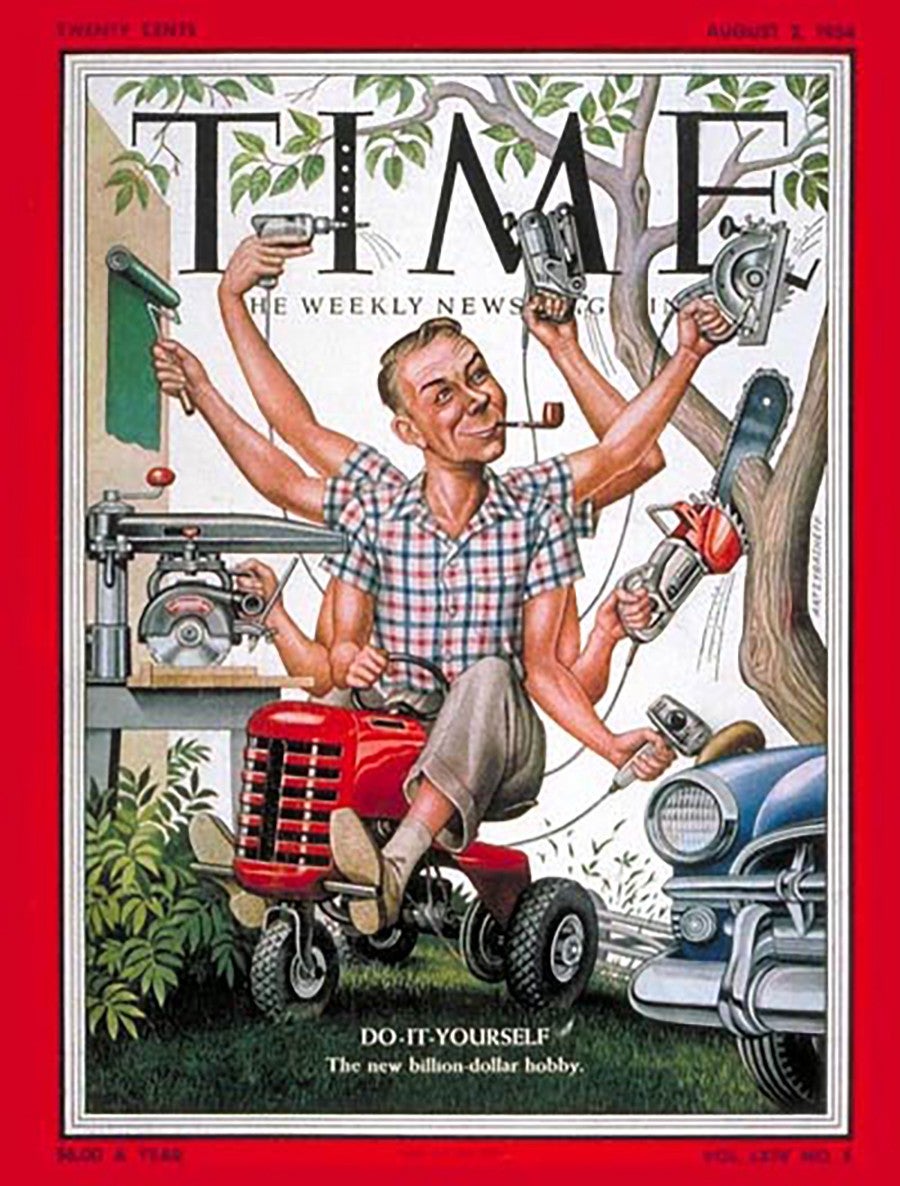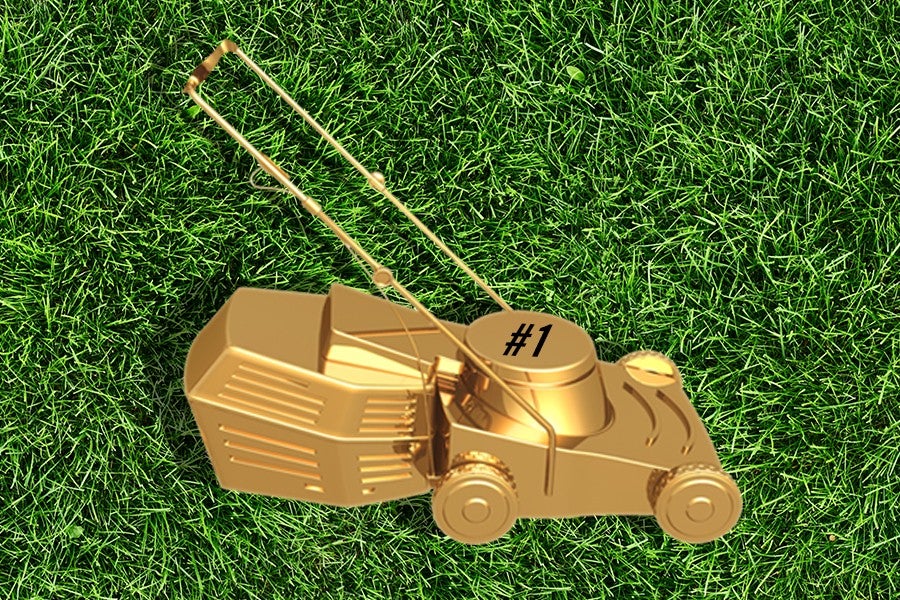By now, you’ve probably heard that U.S. senator and 2016 Republican presidential candidate Rand Paul was assaulted by his neighbor Rene Boucher, and preliminary reports indicate the beating was precipitated by Paul’s being a negligent landscaper.
“Competing explanations of the origins of the drama cited stray yard clippings, newly planted saplings and unraked leaves,” according to The New York Times.
Breaking five of a neighbor’s ribs just because he has an unkempt lawn might strike some as a slight overreaction, but it will likely come as no surprise to anyone who understands the strange cultural history of lawns in the U.S. Americans, specifically American men, have a borderline-unhealthy relationship with grass — one that speaks to the best and worst aspects of our national identity.
From a financial and environmental standpoint, America’s obsession with lawn maintenance is indefensible. Nearly 2 percent (or 40.5 million acres) of the U.S. is grass, meaning grass would be the single largest irrigated crop in the country, were it indeed a crop. Only it isn’t. Grass affords us no sustenance; its appeal is purely aesthetic. And yet Americans waste roughly $60 billion and 20 trillion gallons of water annually in service of this vain fixation.
That kind of dedication indicates a deeper, more emotional connection with grass — one that dates back to 16th century England, when British aristocrats built sprawling green landscapes on their estates to communicate the vastness of their wealth. A similar phenomenon occurred among elites in early America, but for most of American history, lawns were valued solely for their utility. Pre-industrial Americans didn’t care about how green their yards were; they worried about how many crops they’d yield.
It wasn’t until after World War II that Americans became interested in lawns for their social and aesthetic value. Postwar America was a period of unprecedented economic prosperity, and there was a corresponding increase in home ownership. Families moved to the suburbs in droves to take part in the American ideal of a home with a wide lawn and white picket fence. No longer a means for production, the lawn reverted to its Old English roots as a status symbol. A well-manicured lawn was the sign of having made it, and the wider the lawn, the more successful the family that owned it.
“A lawn demonstrates class standing,” says Ramon Hinojosa, a sociology professor at the University of Central Florida and an expert in masculinity studies. “Owning or renting a home with a lawn to maintain costs money. Lawn mowers, weed wackers, hedgers, trimmers all cost money. The fuel to power gas engines costs money.” There are markers of class within lawn maintenance, too, Hinojosa adds. Working-class families might never think to hire someone else to care for their lawn, but for people of means, not having to dirty your hands with yard work is another sign of prestige.
By their own hand or not, the pressure (and pride) of maintaining a well-kept lawn fell to the man of the house — one of his few domestic duties at the time. “There was this accepted division of labor: Men are responsible for the garage, the basement and the lawn. The women, the rest of the house,” says Tawfiq Ammari, a member of the University of Michigan’s Social Media Research Lab, where he studies how fathers communicate their identities online. This division of labor harks back to America’s agrarian roots, Ammari says, when men had to do the heavy lifting associated with farming, while women were relegated to chores inside the home, he explains.
That meant a nice lawn communicated something beyond just financial success. “To be good fathers, [these men] had to do something at home,” Ammari says. “A lawn is in plain view. If the lawn is well taken care of, then it means the man of the house is taking full possession of his role as a father.”
This idea of the lawn as the man’s sphere was passed down to subsequent generations, both explicitly and via observation, and became ingrained in American culture. Indeed, a 1954 cover of Time showed an illustration of the ideal suburban dad smoking a pipe while on a riding mower.

Over time, lawn care came to be a mark of good citizenship as well. A man who keeps his lawn tidy does his part to keep the neighborhood looking nice and conforms to community values, Ammari says.
As the assault on Rand Paul suggests, violating these norms is serious business and may even get your ass kicked.
But there’s an even darker side to our lawn obsession that speaks to our nation’s founding principles. The right to private land ownership — and the corresponding right to protect that land, at all costs — is inalienable in our democracy, and a man’s lawn is the physical manifestation of that right.
“[Violence over lawns] isn’t an issue of gender, per se, but one of private ownership,” Hinojosa says. “The right to life, liberty and property was a founding American ideal.”
And that’s why, in America at least, a tree that edges over a property line — even ever so slightly — is tantamount to an act of war.
Because, you know…

